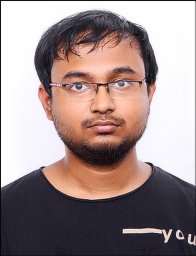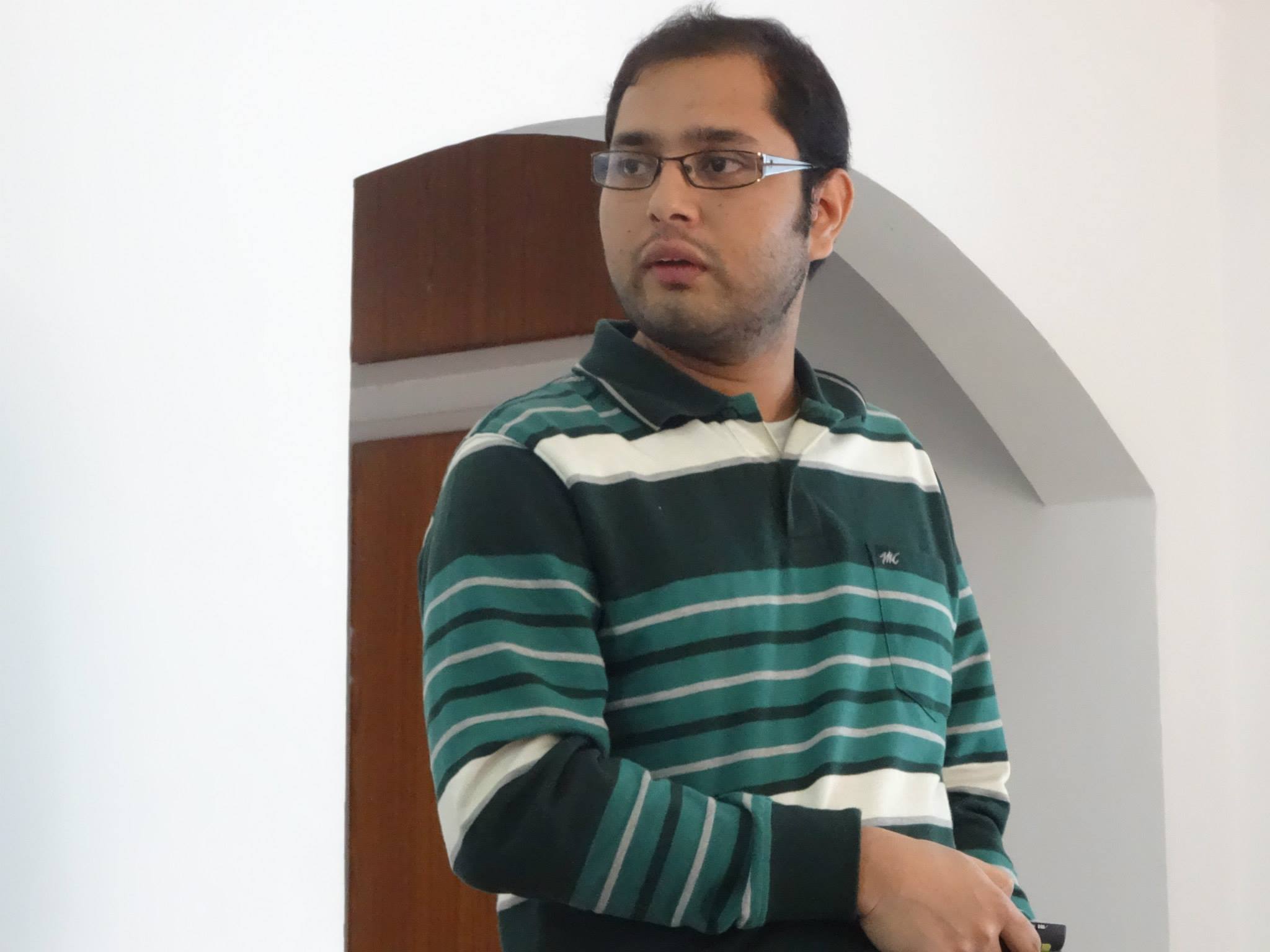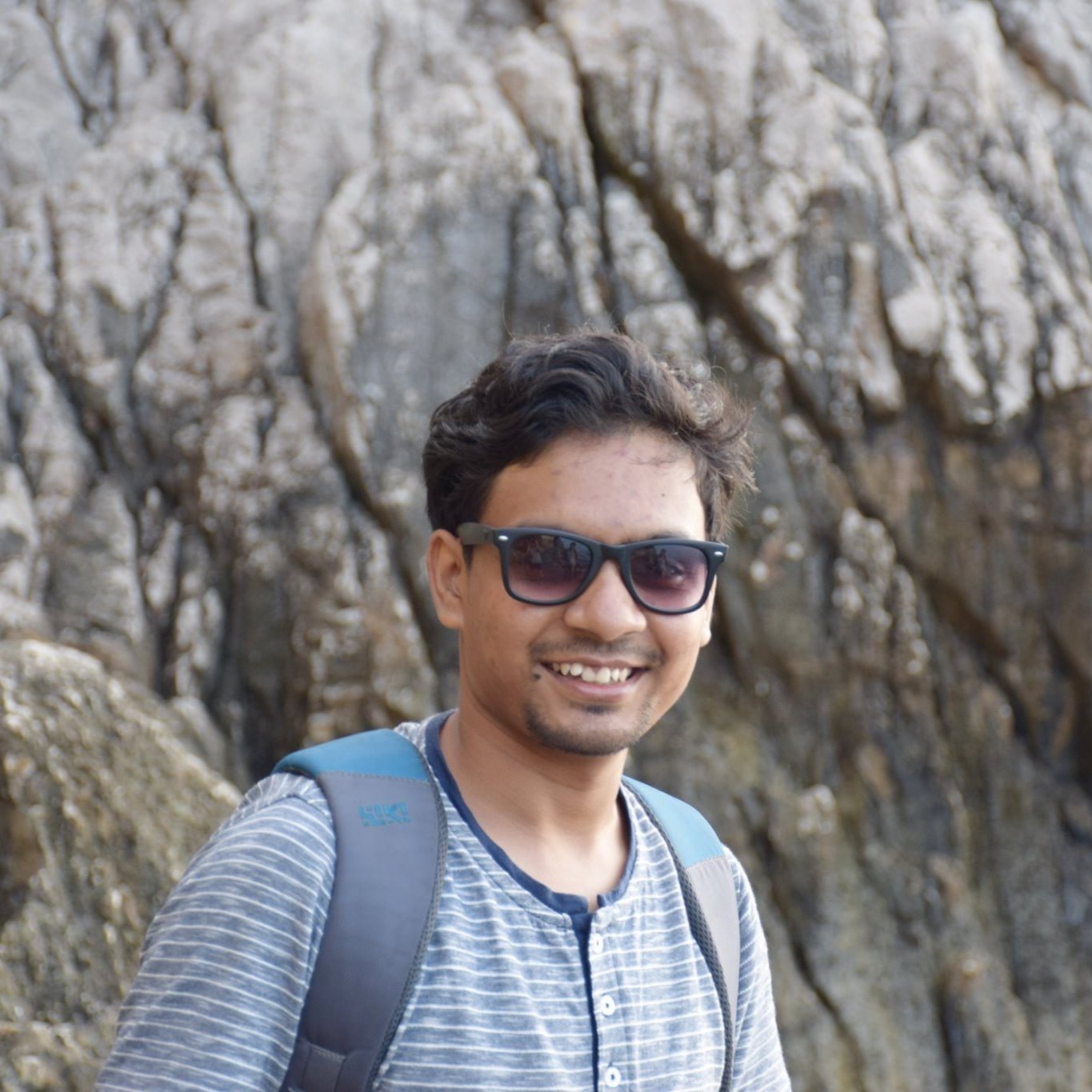Visitors
IMSc. Chennai
Compatibility of quantum instruments: Addressing a conceptual problem, quantification and characterization
20th March 2023
Incompatibility of quantum devices is a useful resource in various quantum information theoretical tasks, and it is at the heart of some fundamental features of quantum theory. In the work [A. Mitra and M. Farkas, Phys. Rev. A 105, 052202 (2022)], we revise a notion of instrument compatibility that was already introduced in the literature, and we call this notion as traditional compatibility. Then, we discuss the notion of parallel compatibility and show that these two notions are inequivalent. We then argue that the notion of traditional compatibility has conceptual drawbacks and prove that parallel compatibility does not have such drawbacks. Hence, we propose to adopt parallel compatibility as the definition of the compatibility of quantum instruments. On other hand, in the work [A. Mitra, M. Farkas, arXiv:2209.02621 [quantph] (accepted in Phys. Rev. A)], we try to characterize and quantify parallel compatibility of quantum instruments.
About
PhD student, IMSc Chennai.Nicolaus Copernicus University, Poland
A class of Bell diagonal entanglement witnesses in C^4 ⊗ C^4 : optimization and the spanning property.
31st October 2022.
In this talk, I will be discussing two classes of Bell diagonal indecomposable entanglement witnesses in C^4 ⊗ C^4. The first class is a generalization of the well-known Choi witness from C^3 ⊗ C^3 , while the second one contains the reduction map. I will show contrary to C^3 ⊗ C^3 case, the generalized Choi witnesses are no longer optimal. Thereafter, I will talk about an optimization procedure for finding spanning vectors that eventually give rise to optimal witnesses. Operators from the second class turn out to be optimal, however, without the spanning property. Our analysis sheds a new light into the intricate structure of optimal entanglement witnesses.
About
Post Doctoral Fellow, Nicolaus Copernicus University, Poland.Weizmann Institute of Science, Israel
Work extraction from thermal noise by measurements and nonlinear interactions in quantum optical setups.
26th October 2022.
In this talk, I will try to elucidate the rapport of work and information in the context of a minimal quantum mechanical setup: A converter of heat input to work output, the input consisting of a single oscillator mode prepared in a hot thermal state along with few much colder oscillator modes. We wish to achieve heat to work conversion in the setup while avoiding the use of a working substance (medium) or macroscopic heat baths. We compare the efficiency of work extraction and the limitations of power in our minimal setup by reversible manipulations and by different, generic, measurement strategies of the hot and cold modes. I will present, by generalizing a method based on optimized homodyning that we have recently proposed, the following insight: extraction of work by observation and feedforward (WOF) that only measures a small fraction of the input, is clearly advantageous to the conceivable alternatives. However, the main drawback of work extraction by measurement is it inevitably requires feedforward and outcome dependent control steps. To circumvent this, I will briefly discuss autonomous, coherent work extraction exploiting non-linear cross-Kerr interaction. To conclude, our results may become a basis of a practical strategy of converting thermal noise to useful work in optical setups, such as coherent amplifiers of thermal light, as well as in their optomechanical and photovoltaic counterparts.
S.N. Bose National Centre for Basic Sciences
Indefinite Causal order as a resource for quantum communication
30th April, 2022.
: We first talk about indefiniteness of causal order and how it can be exploited in quantum information processing tasks. We then introduce the task of random-receiver quantum communication, in which a sender transmits a quantum message to a receiver selected from a list of n spatially separated parties. At the moment of transmission, the choice of receiver is unknown to the sender. Later, it becomes known to the n-parties, who coordinate their actions by exchanging classical messages. In normal conditions, random-receiver quantum communication requires a noiseless quantum communication channel between the sender and each of the n receivers. In contrast, we show that random-receiver quantum communication can take place through noisy, entanglement-breaking channels if the order of such channels is coherently controlled by a quantum bit that is accessible through measurements. While this phenomenon is achieved with a single control qubit, it cannot be mimicked by adding a noiseless qubit channel from the sender to any of the receivers, or more generally, from the sender to any subset of k < n parties.



